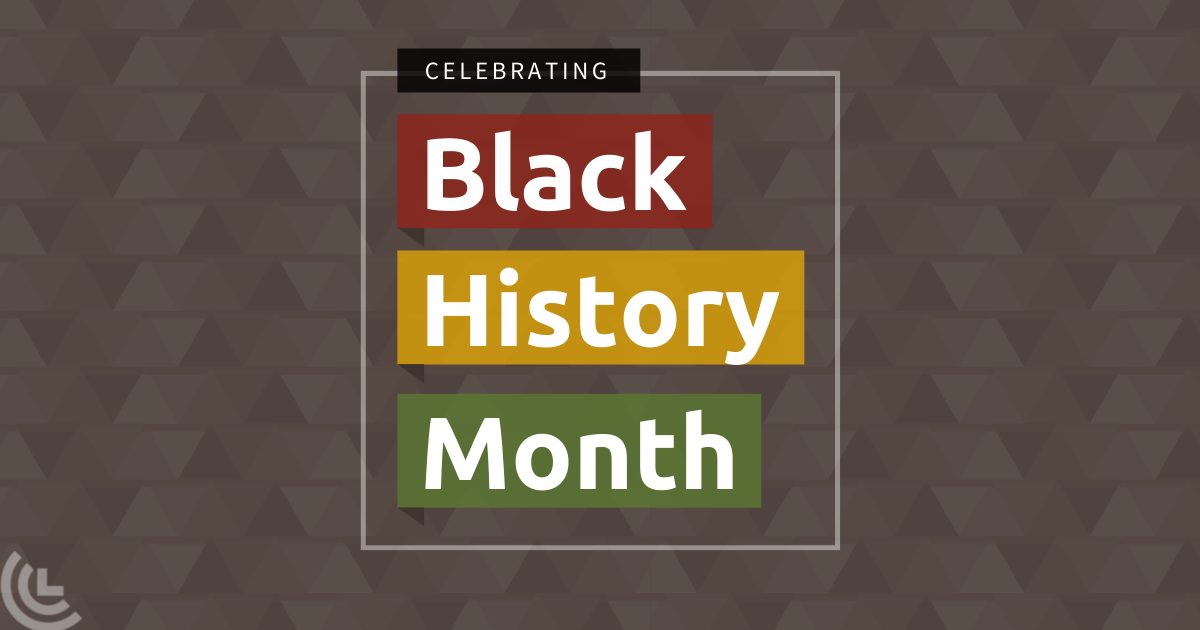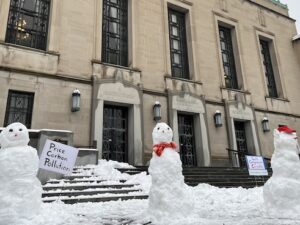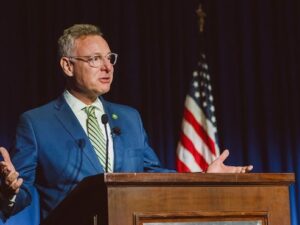Black History Month week 4: Environmental artists
By Berit Thorson
Last week, we highlighted four outdoors groups focused on increasing access to nature for Black people and other people of color. We also discussed how joy is an important piece of the climate movement that cannot be forgotten. Similarly, the art and media we consume impacts our engagement with climate solutions and environmentalism. This week, we look at Black artists who are contributing to this work through their art.
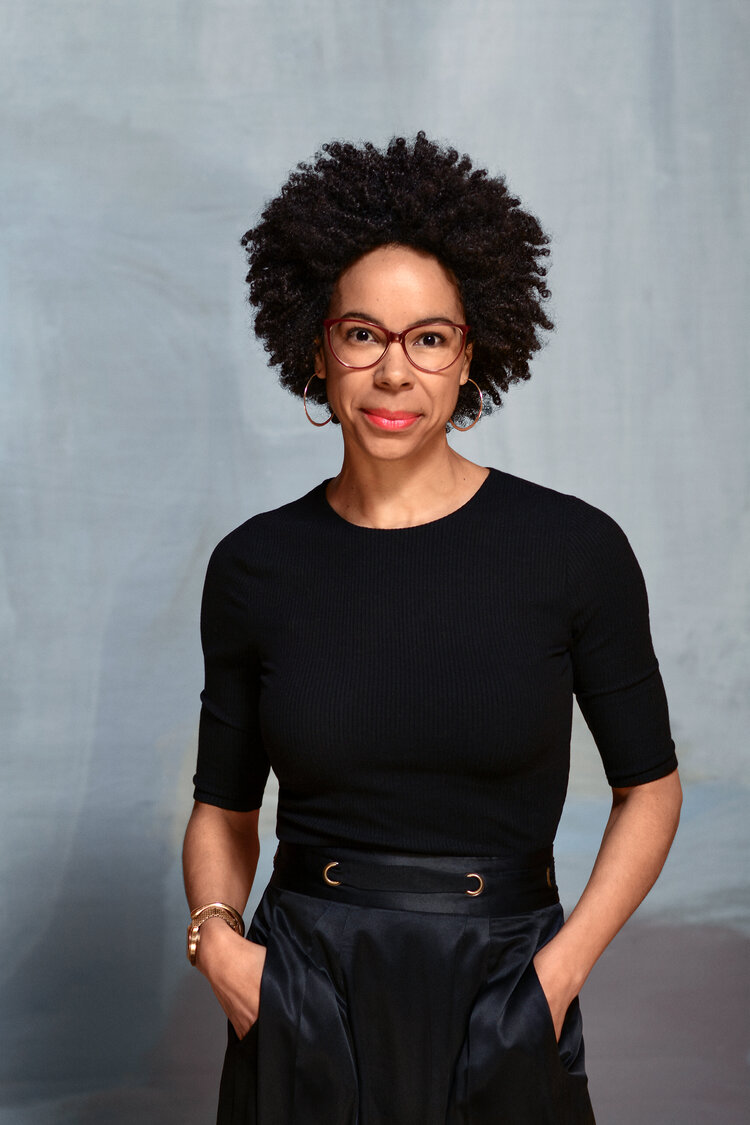
Photo by Marcus Branch
First up is Dr. Ayana Elizabeth Johnson. Dr. Johnson is a marine biologist as well as co-editor of “All We Can Save: Truth, Courage, and Solutions for the Climate Crisis,” an anthology of essays and poems written by women about their perspectives on and solutions to climate change. She also co-founded the popular climate solutions podcast “How to Save a Planet.” In 2019, Dr. Johnson advised and co-authored Senator Elizabeth Warren’s Blue New Deal plan, which you can read about here. Dr. Johnson says that taking an intersectional approach to climate solutions is necessary “because when we have these old models that are very exclusionary… we miss the opportunity to actually bring our full collective intelligence to bear on coming up with ways to move forward.” She adds, “And that’s the biggest loss when we don’t take an intersectional approach, it’s that we might actually fail to solve the problems.” Dr. Johnson is focused on solutions and projects that are community-based and inclusive, like The All We Can Save Project that she co-founded and launched in September of 2020.
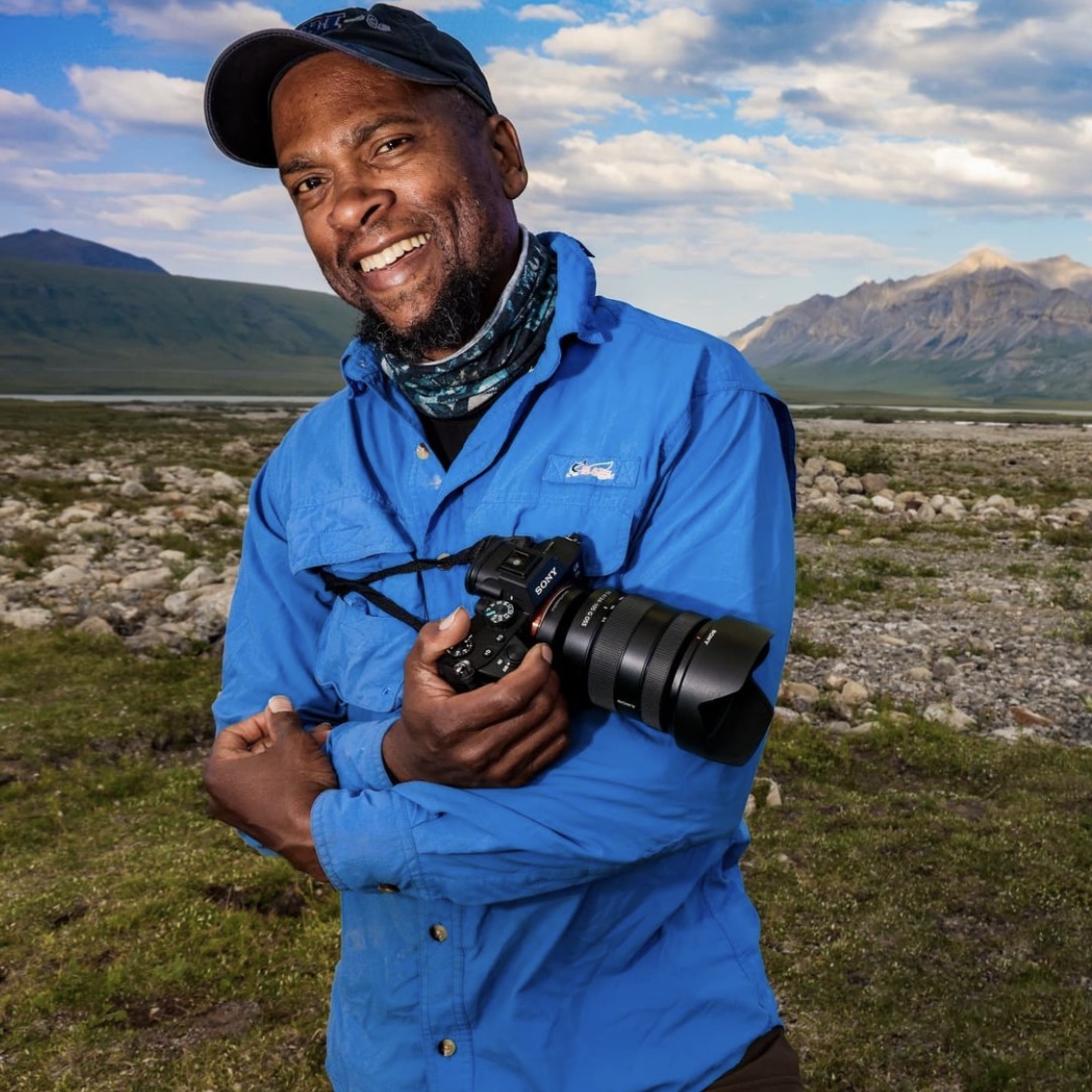
Photo by Chad Brown
Next, Dudley Edmondson is an author and nature photographer based in Duluth, Minnesota. He finds the outdoors healing, and wants to help others find comfort in nature, too. His 2006 book, “The Black & Brown Faces in America’s Wild Places,” features photographs of Black folks in nature, and is intended to provide role models for the broader African American community in the U.S. so people reading the book understand the message that Black people belong in the outdoors. The pictures included in the book center Black folks across many demographics from age to career, ability level, gender, and more. Edmondson also participates in a “Men of Color” group in Duluth that meets on Sundays to be in community and try various outdoor activities. He says that the group provides an avenue to reduce stress levels for men of color in the outdoors, “while also building fellowship and friendship.”

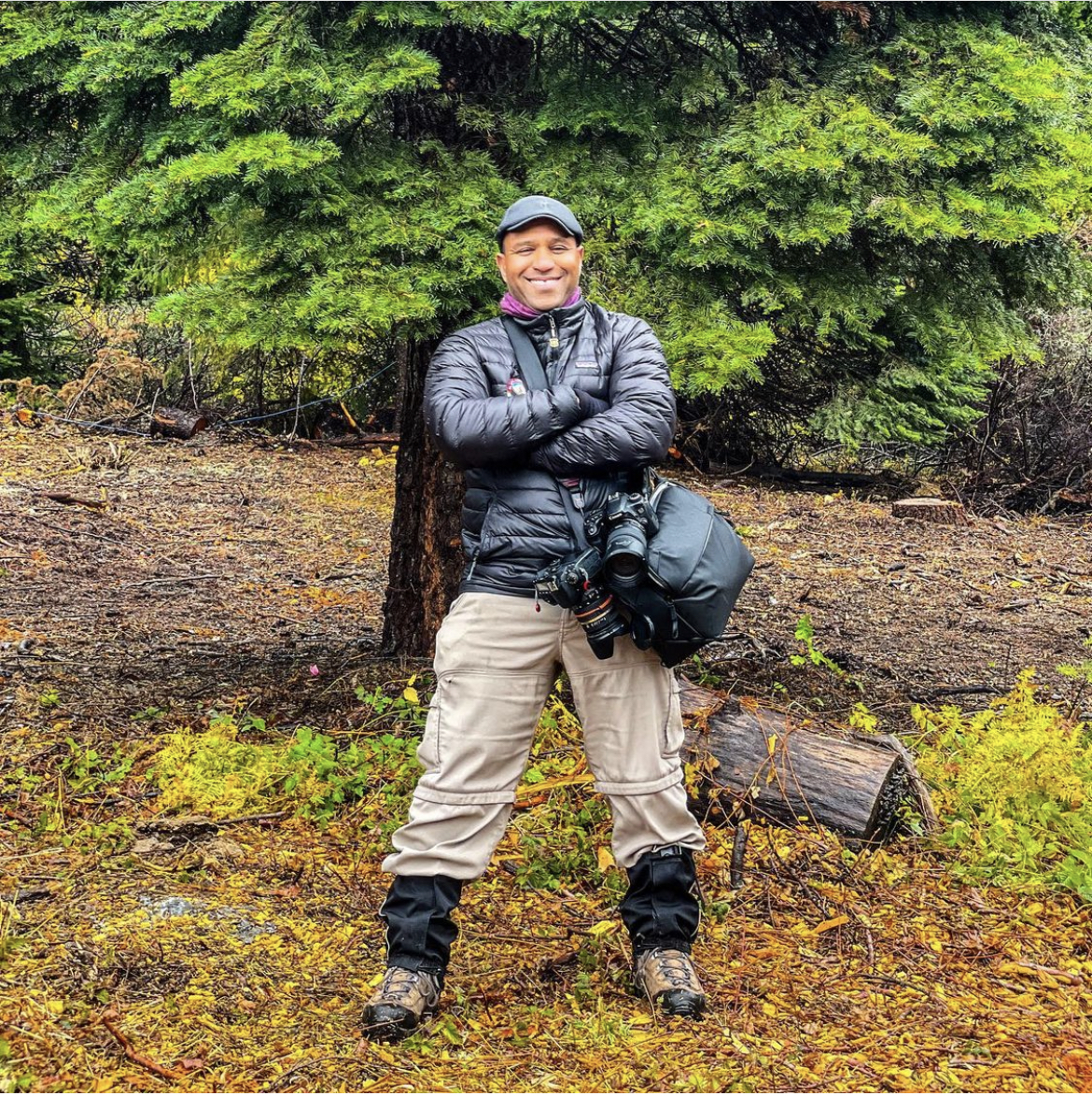
Art is reflective of how people feel and think, and is necessary to mark progress, connect with others, and consider how a topic intersects with our own lives. These four artists provide many ways we can do these things in the context of climate change. These are only four of many wonderful Black environmental creatives, and we hope this inspires you to support Black artists and environmentalists in whatever ways you are able.
Although this is the final week of Black History Month, we know that it is important to uplift the work of Black people year-round, and in that spirit we have a bonus blog post for you next week! We’ll be highlighting Black political leaders who are working on climate solutions like carbon pricing, renewable energy, and more. Make sure to subscribe to our blog to stay up to date on this series and the latest CCL news.
Berit Thorson is the CCL Spring 2022 Communications Intern. As an outdoors enthusiast, she is passionate about protecting nature and people from the impacts of climate change, and is excited to be working with CCL toward these goals.

